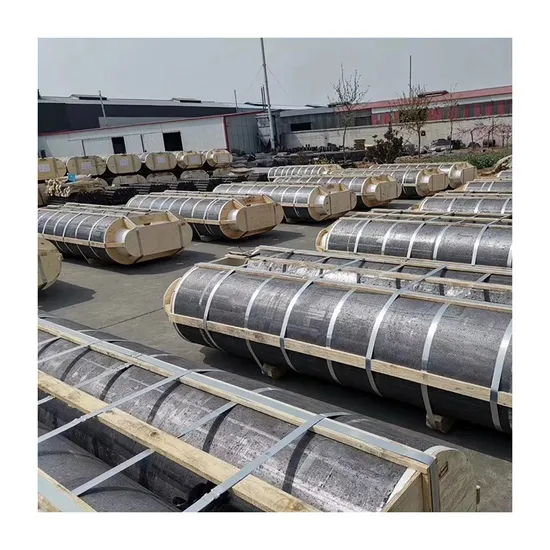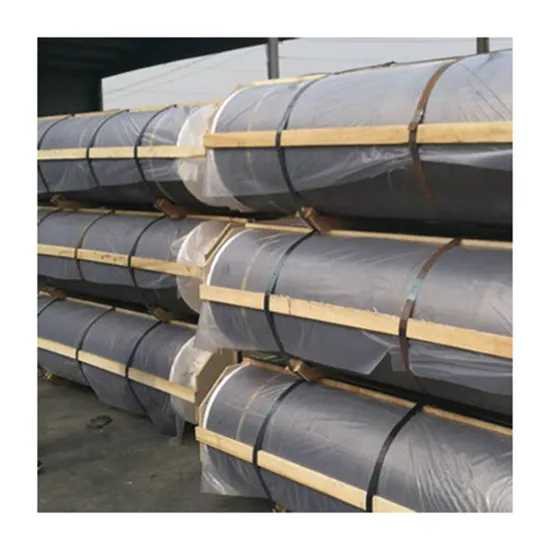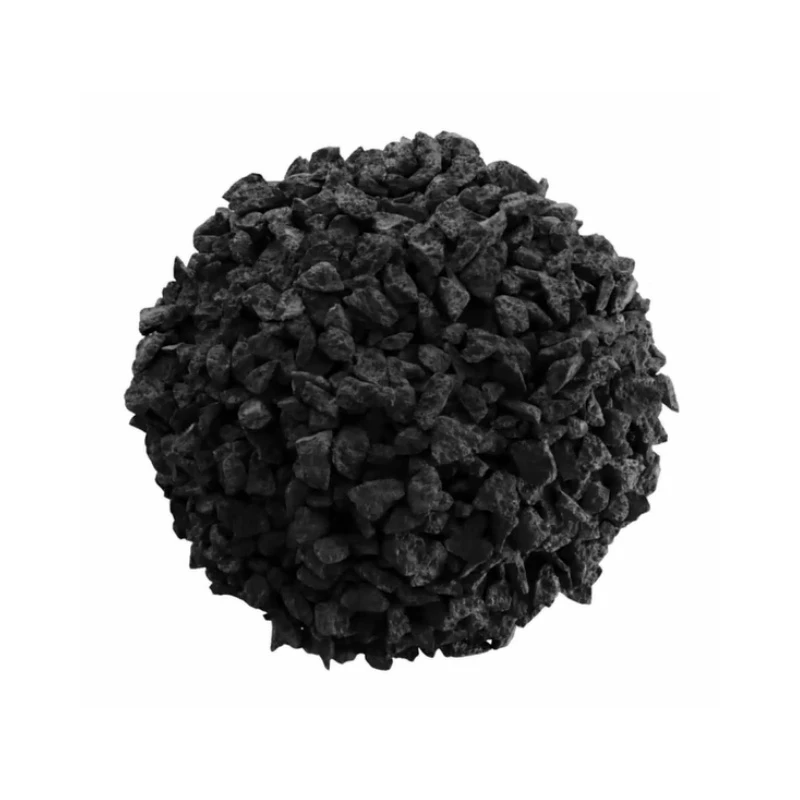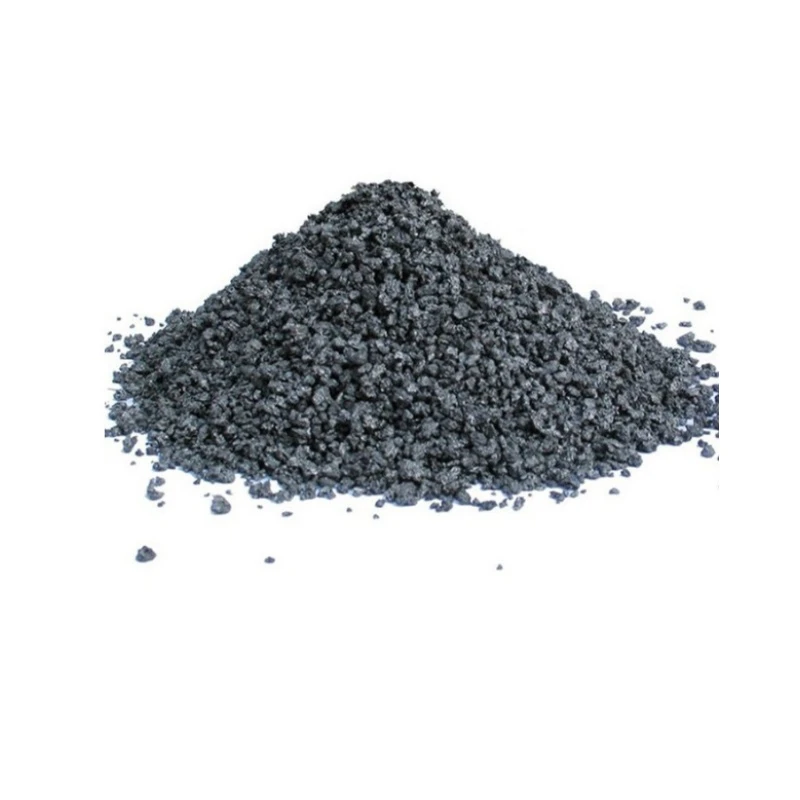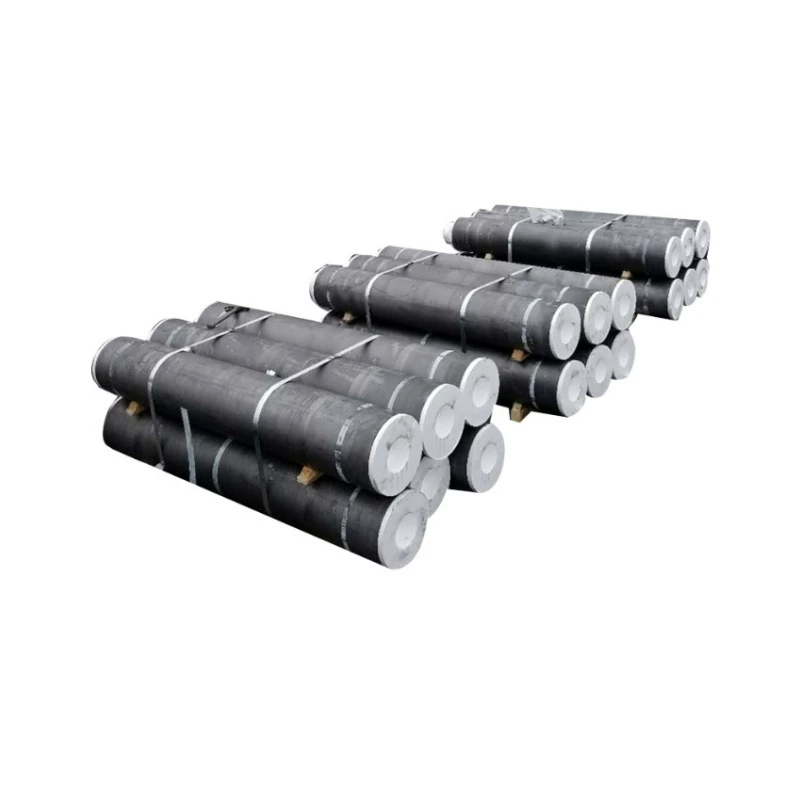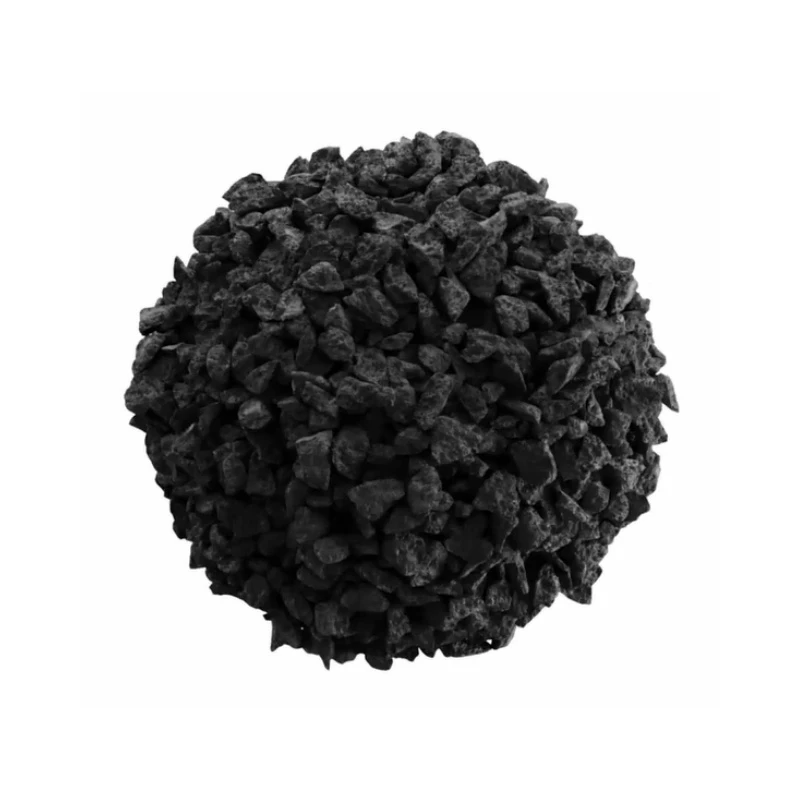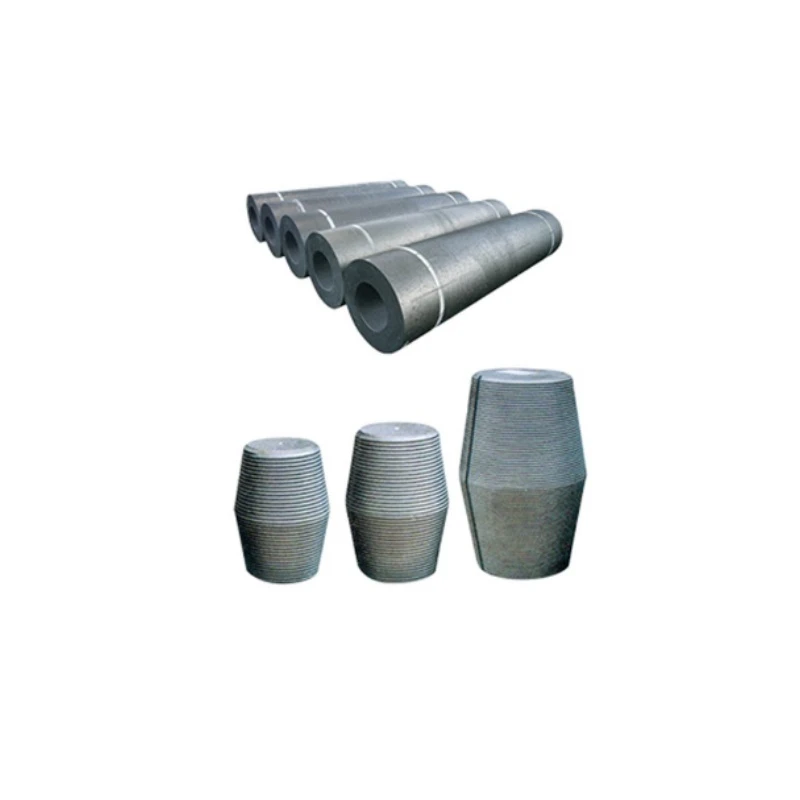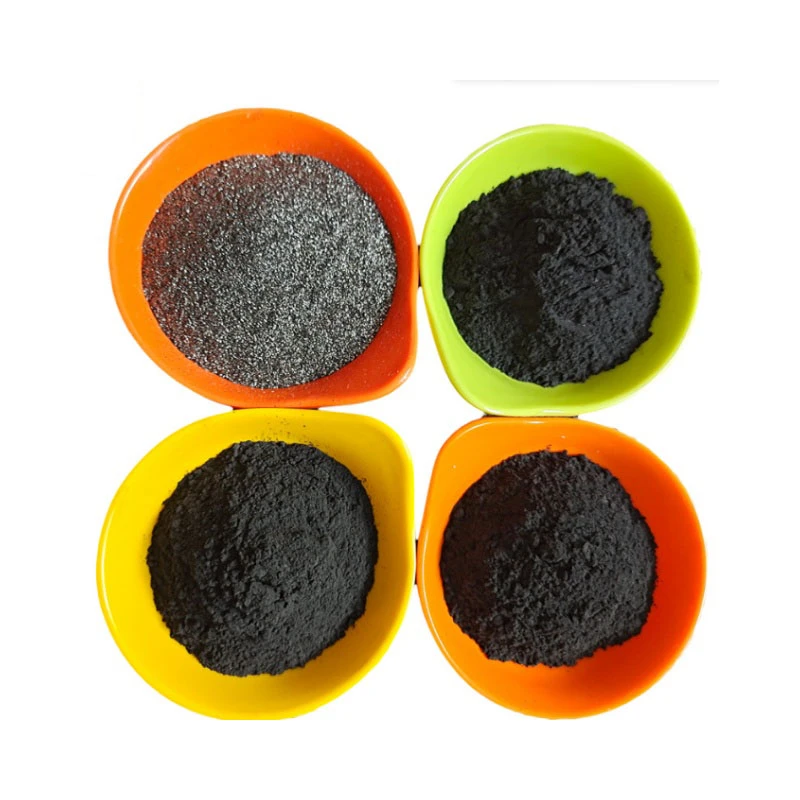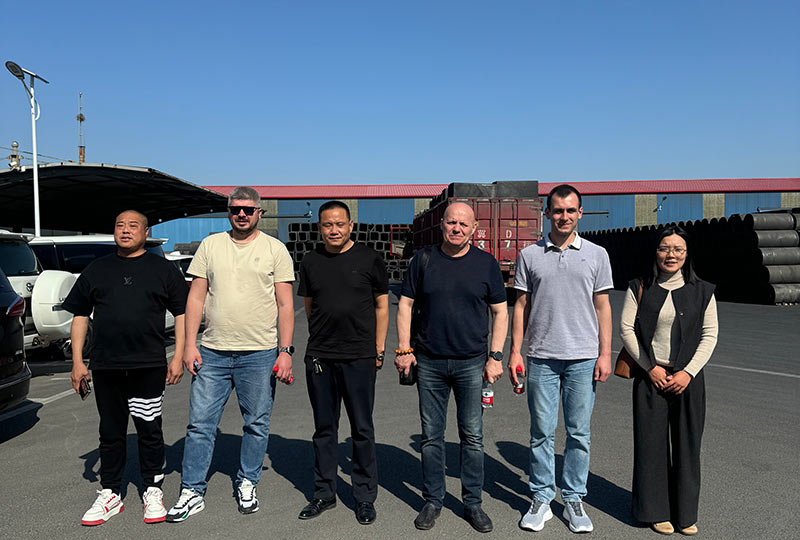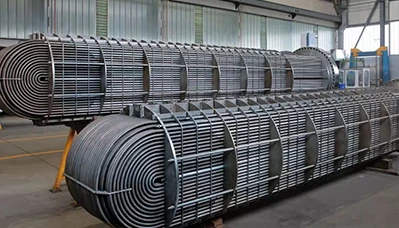- Englist


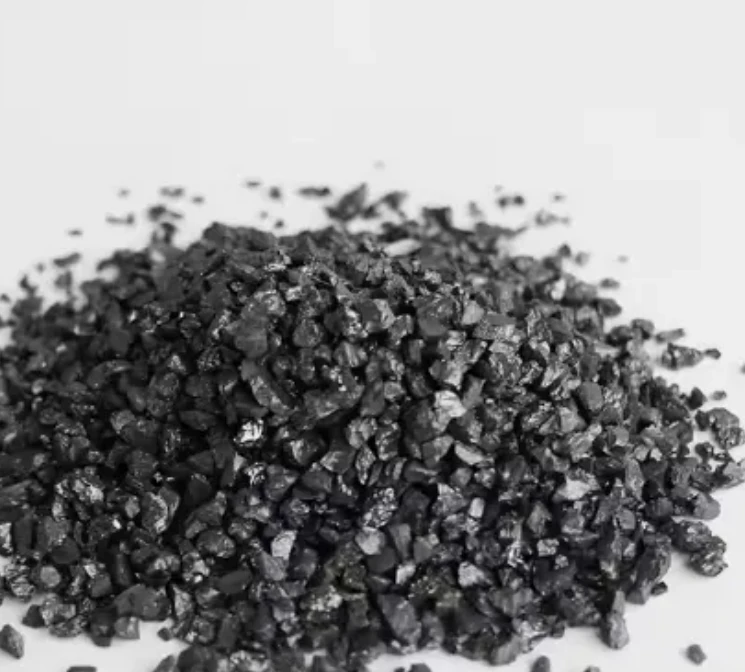
The global energy sector continues to evolve with petroleum coking technologies playing an increasingly vital role in hydrocarbon processing. As refineries optimize their operations, petrocoke has emerged as a valuable byproduct with diverse industrial applications. Fluctuations in petroleum coke price reflect changing market dynamics and environmental regulations, while expanding petroleum coke uses demonstrate the material's growing importance across multiple industries. This comprehensive examination explores the technical processes, economic factors, and industrial applications shaping this specialized sector.
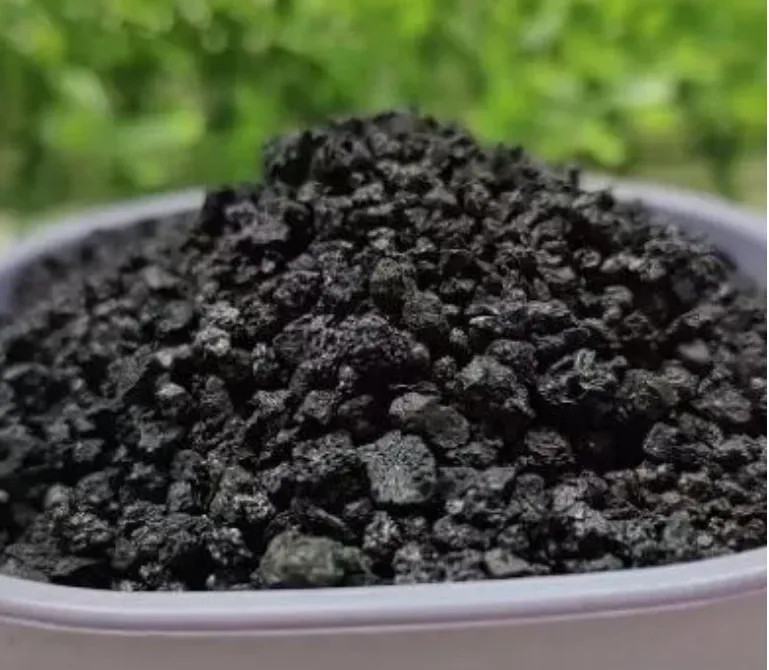
Modern Petroleum Coking Technologies
Petroleum coking represents a critical conversion process in advanced refinery operations, transforming heavy residuals into valuable products. Contemporary petroleum coking facilities employ delayed coker units that carefully control temperature and pressure parameters to maximize yield. The relationship between petrocoke quality and coker configuration demonstrates how process optimization impacts final product characteristics. Emerging petroleum coking technologies focus on reducing environmental impact while improving energy efficiency and product consistency.
Understanding Petrocoke Characteristics
The term petrocoke refers to the solid carbon material produced through petroleum coking processes. High-quality petrocoke exhibits consistent physical properties including specific gravity, hardness, and volatile matter content that determine industrial suitability. The classification of petrocoke into fuel-grade and anode-grade categories reflects the material's varying sulfur and metal content specifications. Recent advancements in petrocoke processing have enhanced its performance characteristics for specialized applications in metallurgical and manufacturing processes.
Factors Influencing Petroleum Coke Price
The petroleum coke price remains subject to complex market forces including crude oil quality, refining margins, and environmental regulations. Regional variations in petroleum coke price often reflect transportation costs and local demand from consuming industries. The petroleum coking sector's ability to adjust production volumes impacts short-term petroleum coke price stability. Long-term petroleum coke price trends increasingly incorporate carbon emission considerations and alternative material competition.
Expanding Petroleum Coke Uses
Traditional petroleum coke uses in cement kilns and power plants continue alongside emerging industrial applications. The aluminum industry relies heavily on calcined petrocoke for anode production, representing one of the most quality-sensitive petroleum coke uses. Innovative petroleum coke uses include carbon additive manufacturing and synthetic graphite production, demonstrating the material's technical versatility. Environmental considerations are shaping new petroleum coke uses that emphasize carbon capture and utilization technologies.
FAQS About Technical Considerations for Petroleum Coking
How does petroleum coking process configuration affect petrocoke quality?
The petroleum coking process design fundamentally determines the physical and chemical properties of resulting petrocoke products. Delayed coker units with optimized cycle times produce more consistent petrocoke with predictable volatile matter content. The feedstock selection in petroleum coking operations significantly influences petrocoke sulfur levels and metal contamination. Advanced petroleum coking facilities incorporate real-time monitoring systems that adjust process parameters to achieve target petrocoke specifications. The relationship between coker drum design and petrocoke morphology demonstrates how engineering considerations impact product characteristics. Temperature control during the petroleum coking process affects crystalline structure development in final petrocoke products. These technical factors collectively determine whether petrocoke output meets the stringent requirements of premium applications.
What market dynamics most significantly impact petroleum coke price?
The petroleum coke price reflects complex interactions between supply-side and demand-side factors across global markets. Crude oil quality differentials influence petroleum coking economics and subsequent petrocoke availability. Regional environmental regulations create petroleum coke price disparities by restricting or encouraging specific petroleum coke uses. Transportation infrastructure limitations can create localized petroleum coke price variations due to handling and shipping cost differences. The aluminum industry's production cycles generate periodic fluctuations in calcined petrocoke demand that ripple through petroleum coke price structures. Alternative fuel competition, particularly from natural gas, historically exerts downward pressure on fuel-grade petroleum coke price in certain markets. These interrelated factors require continuous monitoring to understand petroleum coke price trends and forecast future movements.
What technical specifications determine suitable petroleum coke uses?
The appropriate petroleum coke uses for specific products depend on rigorous material characterization and testing protocols. Sulfur content represents a primary determinant for petrocoke applications, with low-sulfur material commanding premium pricing for sensitive uses. Metal content specifications, particularly vanadium and nickel levels, restrict certain petroleum coke uses in high-purity processes. Real density measurements indicate petrocoke crystalline structure development and predict performance in calcining operations. Hardgrove grindability index values help assess energy requirements for pulverizing petrocoke in combustion applications. The volatile matter percentage indicates coking completeness and affects subsequent processing needs for various petroleum coke uses. These technical parameters collectively guide industrial consumers in selecting appropriate petrocoke grades for their specific operational requirements.
How are environmental regulations shaping petroleum coking operations?
Modern petroleum coking facilities face increasingly stringent environmental requirements that influence both operations and product strategies. Emission control systems for petroleum coking units now target particulate matter, sulfur oxides, and nitrogen oxides through advanced scrubbing technologies. Wastewater management from petroleum coking processes requires sophisticated treatment systems to handle process-affected water streams. Storage and handling protocols for petrocoke products incorporate dust suppression measures to minimize airborne particulate emissions. Carbon intensity considerations are prompting petroleum coking operations to evaluate energy efficiency improvements and carbon capture integration. These regulatory developments continue reshaping petroleum coke uses and encouraging innovation throughout the product lifecycle.
What emerging technologies could transform petroleum coke uses?
Several technological developments show potential to significantly expand petroleum coke uses beyond traditional applications. Advanced carbon material production from petrocoke feedstocks could enable new high-value applications in battery technologies and specialty graphite products. Innovative combustion systems designed specifically for petrocoke may improve energy efficiency while reducing emissions from traditional petroleum coke uses. Carbon capture and utilization technologies applied to petroleum coking operations could create new product streams while addressing environmental concerns. Process intensification in petroleum coking units may yield higher-quality petrocoke with enhanced properties for demanding industrial applications. These technological frontiers demonstrate how innovation continues creating opportunities throughout the petrocoke value chain.
The petroleum coking industry stands at an important crossroads as environmental considerations and technological advancements reshape traditional practices. From fundamental petrocoke production to evolving petroleum coke uses, the sector continues adapting to meet changing market demands and regulatory requirements. The petroleum coke price mechanism serves as a sensitive indicator of these dynamic interactions between technology, policy, and industrial demand. As innovation progresses, petroleum coking operations will likely develop more sustainable processes while expanding the material's applications across an increasingly diverse range of industries.





 Pervious
Pervious
 Next
Next
